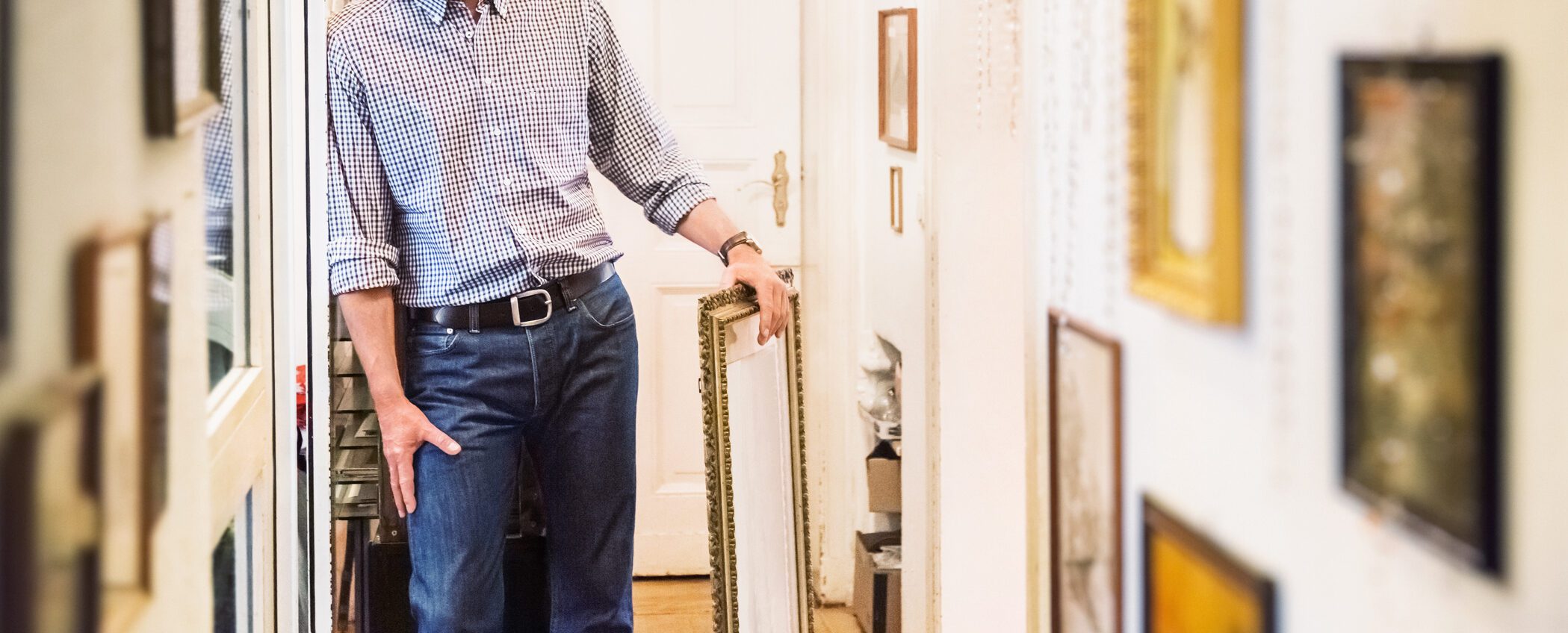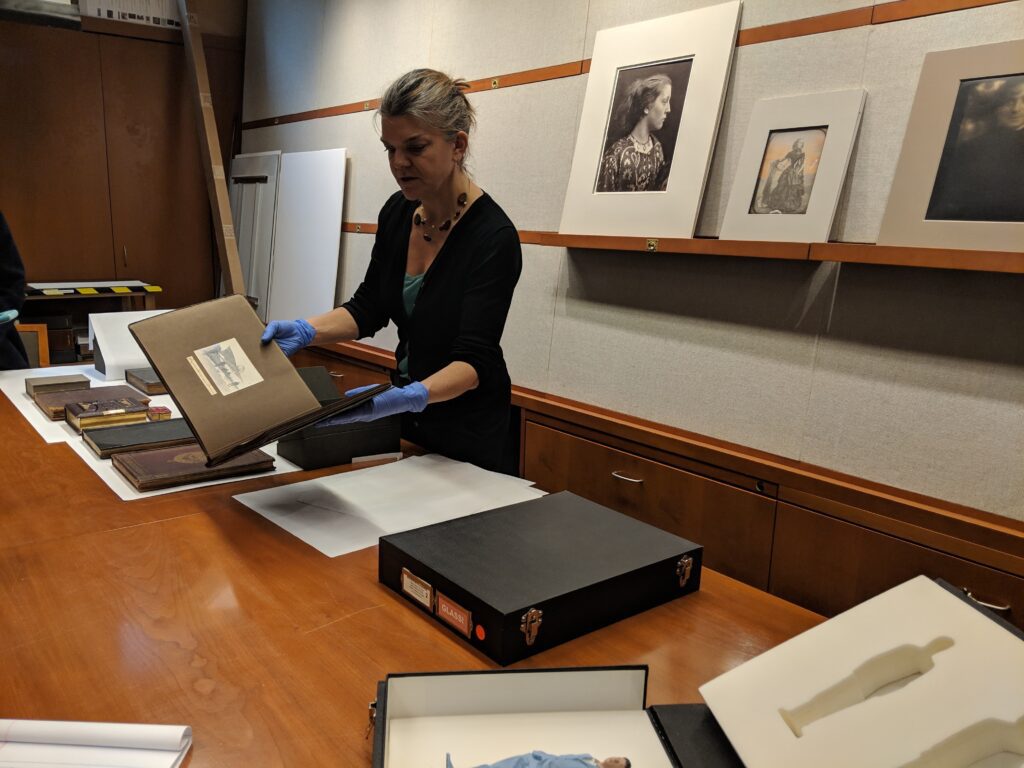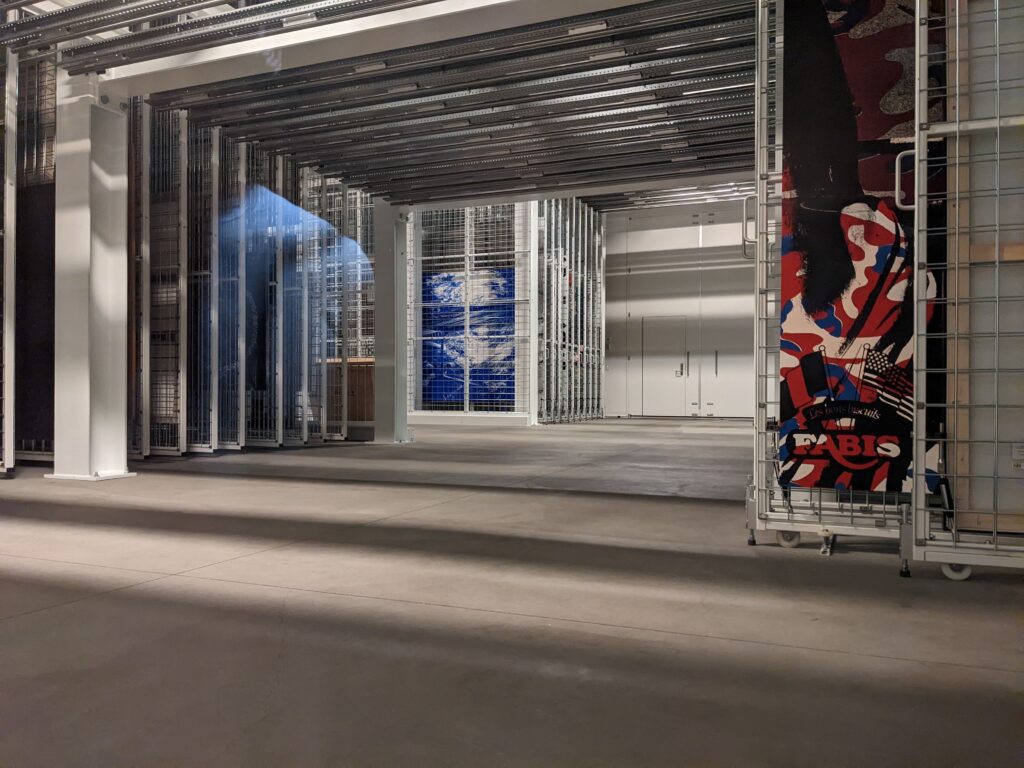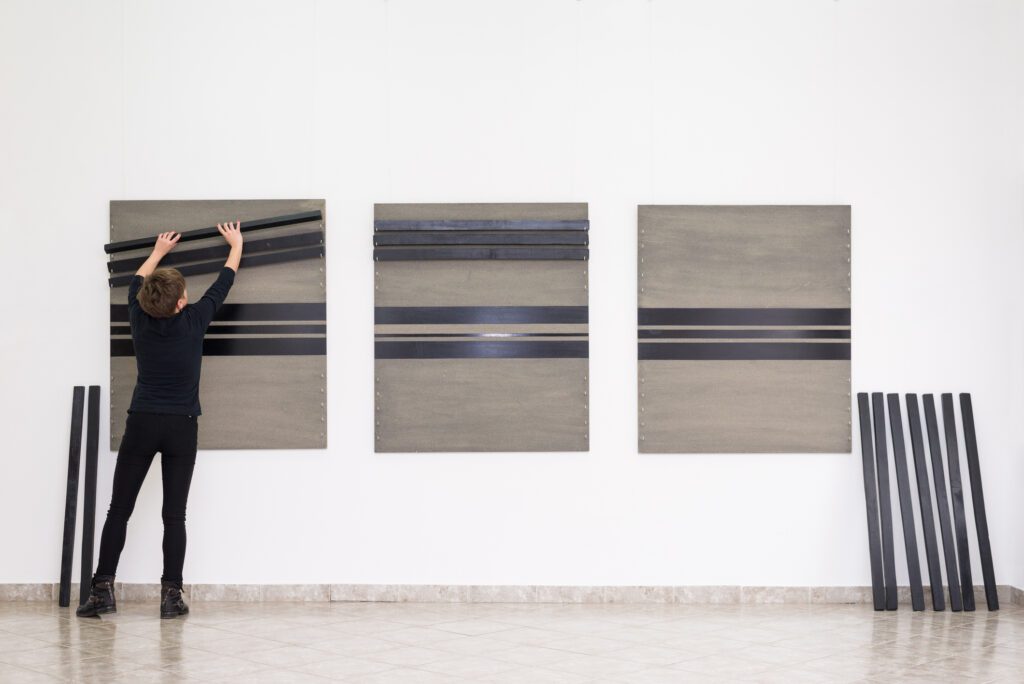
What Are the Expenses Of Owning an Art Collection?
Whether a collector builds an art collection for passion or investment, care of the collection is essential in maintaining its integrity. There are many expenses associated with owning art. Here is a breakdown of the most common and essential.
Transaction Costs Of An Art Collection
One of the first things to consider when buying a piece of art are the common associated costs that come with purchasing art.
Buyers Premium
If you are buying at auction, there is something called the buyers premium. This associated fee works on a sliding scale from 12% to 25% of the hammer price, depending on the value of the artwork.
The price structure varies depending on the auction house, but what’s standard in art market practices is that the more expensive artwork is, the smaller the fee as a proportion of the overall cost.
Sales Tax
Buyers in the United States and the U.K. also have to pay a sales tax on the premium. Art collectors in the European Union pay no sales tax, but they must the Artist’s Resale Right for up to 70 years after the artist’s death. This fee varies between 0.25% and 4% of the value of the work.
Additional Fees
The Artist’s Resale Right, also referred to as droit de suite, guarantees that artists will earn a fair share from the resale of their original works. It is a royalty paid to visual artists, such as painters and sculptors, when art market professionals resell their works at a higher price. This is meant to ensure that artists will benefit from the increase in the market value of their work.
If you buy abroad, there are a few more business expenses. Import taxes must be paid on the journey home. In the UK, the import tax is 5%, in France, it is 5.5%. In Switzerland, the tax jumps to 7.6% of the value of the work. In the U.S., there is no import tax, but there is a processing fee.
Insurance

Another factor to consider with owning fine art or even building an art collection is insuring the works of art.
When considering the costs associated with insuring artwork or a collection, the first step is to collect the appropriate documentation. These would include all documentation when purchasing the artwork and should include provenance, proof of ownership, bill of sale, replacement estimates or most recent appraisal, and photographs.
However, provenance itself is not enough. While it’s extremely useful for your insurer, it is not designed to, and does not, manage risk. There is also no standard process to record both sides of an art transaction, and because of that, every provenance carries the risk of being inaccurate or incomplete.
Whether you are a serious art collector or a casual one, it is essential to protect your collection with a policy designed for the many intricate demands of fine art. Take a look at your collection. Does it consist primarily of contemporary paintings? Have you perhaps invested in a handful of works by old masters? Insurance providers will look at several indexes to determine the value of your investment, as artworks from different time periods and mediums will be valued differently from each other.
The insurance cost for particular works of art or collections will vary depending on the type of art, market value, the artist themselves, and coverage. Talking to a professional for a quote is the best strategy.
Maintenance

For first-time buyers, there are additional costs that they may not expect, relating to the maintenance of artwork. Maintenance costs can fall under various different categories, including framing, conservation, and storage.
Framing
Framing artwork for display can be expensive. Professional framing can vary in pricing, depending the labor and material costs of the frame. A period frame from the same time as a renaissance artwork could be a valuable antique in its own right.
Conservation
Regular upkeep of artwork is also crucial and comes with its own costs. Paint begins to oxidize with time and exposure to different air climates, and this can lead to the paint beginning to crack and break off the canvas or even changing color. Regular cleaning and tedious repainting may be necessary to maximize the life of an artwork. Expert specialists and professionals should only complete this.
Storage
There is only so much wall space where you can show an art collection. For some, that’s where their collection naturally ends, but it may just be the surface for the avid art lover.
Art storage is a means for collectors to continue to grow their collections and provides ease of mind in maintaining their beloved art pieces.
There are specialized art storage facilities around the world, some are smaller, and others are large fortress-like structures referred to as freeports. The beauty of the freeport is that these are zones designated by the local governments as areas with little to no tax.
These facilities are favored among art businesses like art galleries to keep work secured and mitigate the costs of climate control and environmental monitoring. Freeports can be found in Delaware and New York in the U.S., Luxembourg and Switzerland in Europe.
Fees for art-focused storage are different depending on the city, and can vary depending on the type of object and its climate and spatial needs. There are companies in the U.S and internationally that provide storage for art and high-value collectibles.
Transport and Installations

Transportation
Transporting a piece of art to or from a destination requires professional crating, shipping, and additional insurance costs. The most common corner cut by new art owners is shipping and packing, which is not recommended for the risk of the original art being damaged.
Professional packing prices depend on the work’s dimensions and will vary from service to service.
In addition, collectors should be sure to review the insurance coverage for transport, as some shipping companies will only provide a small amount of coverage relative to the valuation of the artwork.
Installation
A collection may require services from a professional installer with the expertise and equipment to properly install art objects.
If installed incorrectly, the object could be damaged from falling or may hurt a person. There may also be several parts of the object that are complicated to install. Professional art installers may be found via art installation networks, with some having their own pricing or fixed price for some types of artwork.
Selling An Art Collection
What many people do not consider a factor in owning art is the matter of selling the artwork. However, it is probably one of the most significant costs to consider.
Options for selling include working through a vendor or broker, a gallery owner, an auction house, or attempting on your own through social media.
The more traditional selling routes are through an art broker or dealer. They’ll work for a price and take a commission on the sale price.
Art galleries will also take a steep commission for the sale of the artwork, whether they decide to showcase through art fairs or shows.
Auction houses charge a seller’s commission, a fee paid by the consignor to the auction house, which goes towards the research, valuation, and promotion of artwork. This fee is proportional to the value of the artwork and what the auction house assumes they can sell it for.
Taxation of Unique Assets

If purchasing art or collecting art as an investment, there are some additional taxes aside from the typical sales and import tax to consider, given that art is a unique asset class.
Capital Gains
You may need to pay capital gains tax when selling art. If the piece you are trying to sell has risen in value since you first purchased it, you’ll have to pay for the difference in value.
In the U.S., this could be either 0%, 15%, or 20%, depending on the tax bracket.
Income Tax
Income tax is paid when the artwork is sold within a year of the original purchase.
The tax rate depends on the seller’s earnings, living situation, and marital status.
Sometimes this can be a headache to calculate, so many avid collectors will hold on to a work of art for a more extended period and pay the capital gains tax.
The Bottom Line
Buying art or starting a collection is not isolated to just the purchase prices of the artwork — many expenses go into it. For some would-be collectors, this could be seen as a headache, but thankfully there are alternatives to fuel a passion for art collecting or investment.
One is to start small by collecting the work of small emerging artists. Another is through fractional art ownership.
Companies like Masterworks provide accessibility to individuals to practice their love of art by investing at a fraction of the cost and without the heavy legwork.
See important Reg A disclosures: masterworks.com/cd